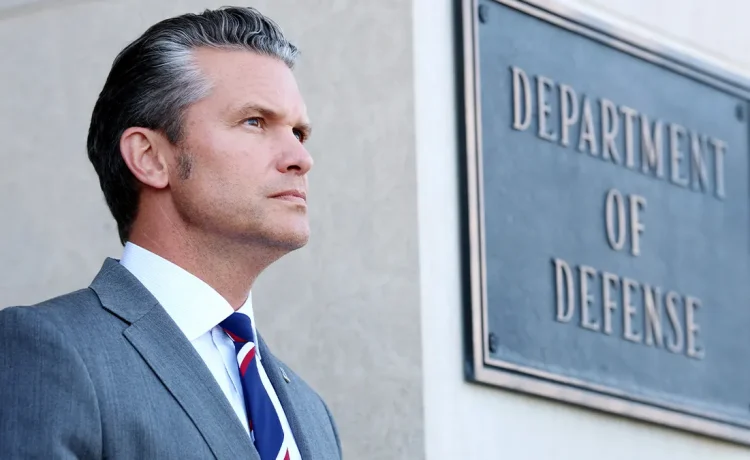A New York Times report says options the United States has prepared to address violence in Nigeria are limited, and that only a full-scale military campaign would likely have the scale needed to meaningfully suppress the decades-long insurgency.
The report follows President Donald Trump’s directive to the Pentagon to prepare potential military actions after concerns were raised about existential threats to Christians in parts of Nigeria. U.S. Africa Command (AFRICOM) reportedly presented a set of operational options — classified internally as light, medium, and heavy — to the Department of Defense.
Senior U.S. military officials cited by the New York Times cautioned that limited strikes or small-scale operations would probably fall short of ending the deep-rooted violence.
“American forces are unlikely to be able to end a decades-long insurgency in Africa’s most populous country, despite President Trump’s order,” the report quoted officials as saying.
Officials told the newspaper that only an Iraq- or Afghanistan-style sustained campaign — with large numbers of ground forces, extended operations, and long-term occupation — would stand a realistic chance of decisively degrading insurgent networks. They added that such a campaign is not being seriously contemplated.
Still, the military options under consideration could include targeted airstrikes against known militant compounds, drone strikes on specific vehicles or convoys, and joint raids with Nigerian forces to dislodge militants from rural hamlets. Officials suggested these measures might have limited tactical impact but would be unlikely to resolve the underlying drivers of the conflict.
The New York Times report underscores a broader dilemma facing foreign military intervention in Nigeria: the complexity of the security environment, the scale of militant activity, and the long-term political and social roots of violence mean short-term military measures are rarely decisive on their own.
U.S. and Nigerian officials have not publicly confirmed the full details of the Pentagon’s options. The report adds to a growing debate over the appropriate balance between diplomatic, intelligence, development, and military tools in responding to cross-border and internal security crises.






